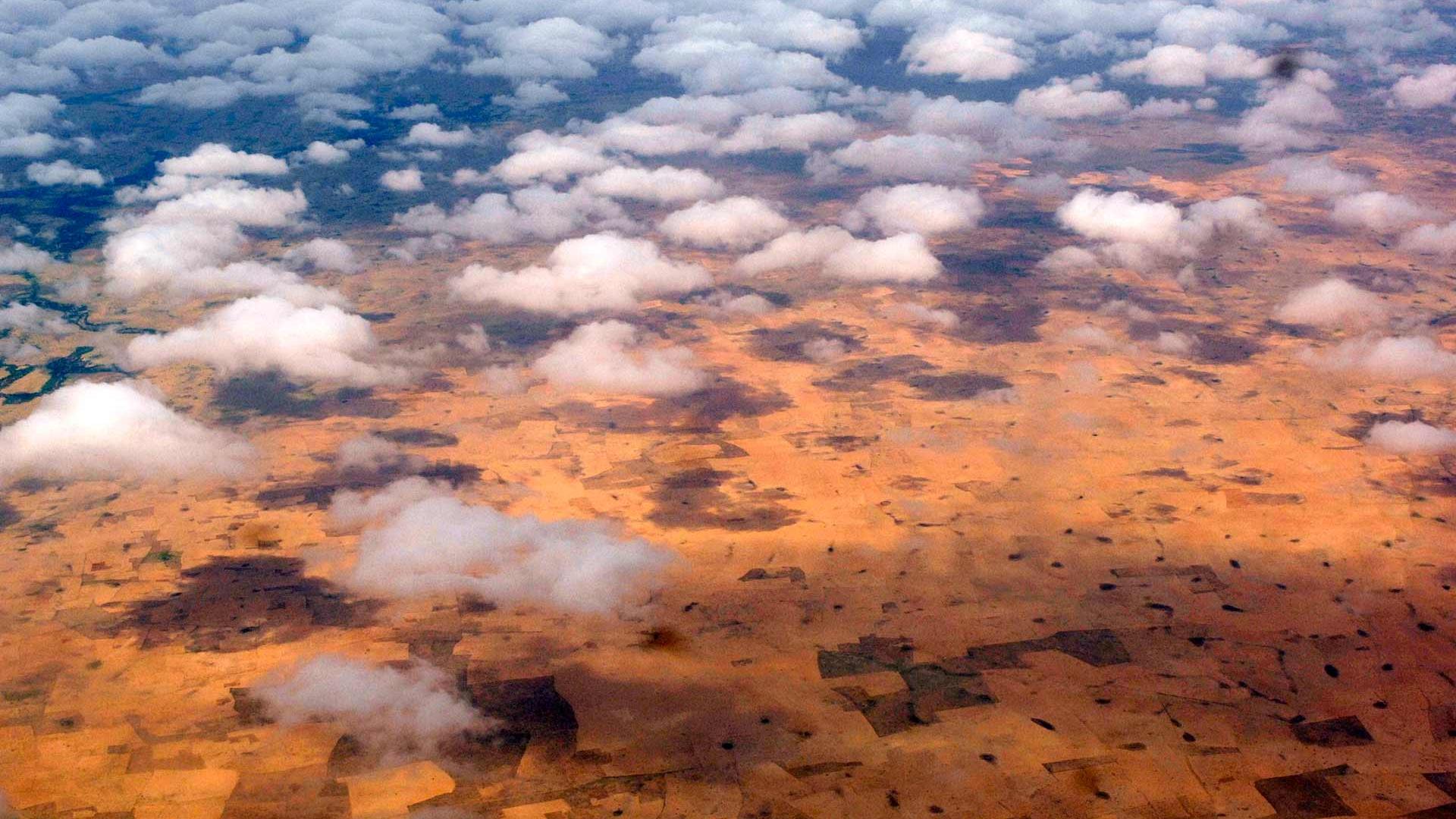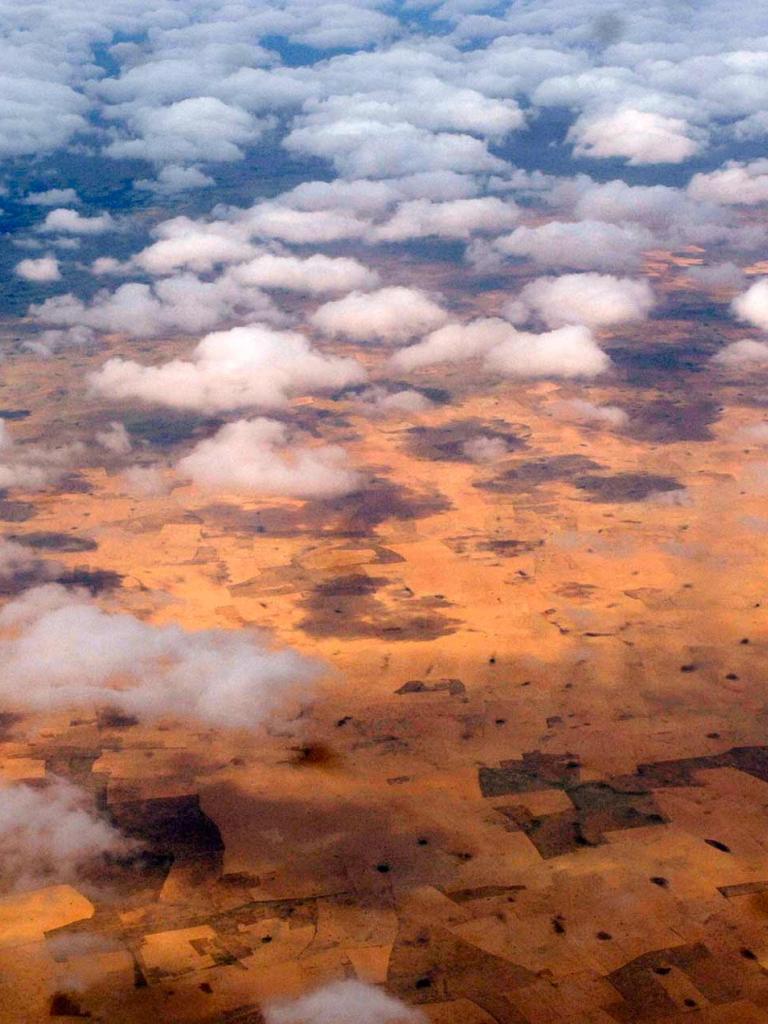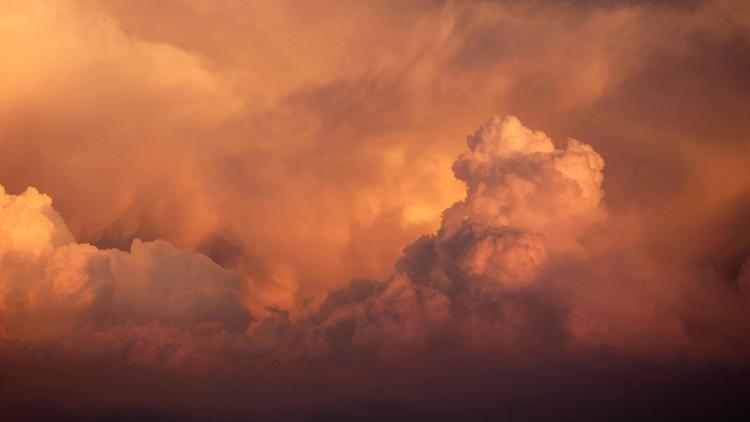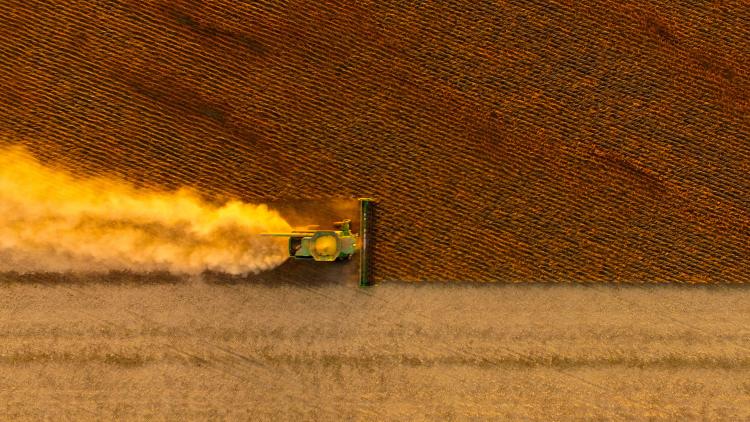
Climate change in focus
An interview with Dr Viju John, a climate product expert at EUMETSAT, whose work contributes to international climate assessments


Key points:
- As a climate product expert at EUMETSAT, Viju John’s work contributes to major international climate reports
- Viju John’s team produces climate data products and aims to ensure that these products accurately represent the state of the climate
- He explains that international collaboration with climate researchers, institutes, and universities is key to the work
At the turn of the millennium, climate experts had long known that increasing global temperatures were causing the Earth’s atmosphere to become more humid, in turn amplifying the heating effects of greenhouse gas emissions.
What does your work focus on, and why is it important?
My team produces climate data products and aims to ensure that these products accurately represent the state of the climate. One of the parameters we focus on is water vapour in the upper troposphere, a key player in the natural climate system and a key driver for climate change.
Water vapour is one of the quantities of the climate system that changes along with changes in carbon emissions. This is because as temperatures rise, so too does the amount of evaporation and the amount of water vapour that the air can theoretically hold. An example of this effect is when you head outside on a cool autumn morning and see plant leaves covered in dew, which is water vapour condensed in the low morning temperatures. When it heats up during the day, this dew evaporates and is absorbed into the air as water vapour.
Water vapour is mostly concentrated at altitudes below three kilometres and, unlike carbon dioxide, it quickly cycles through the atmosphere. In the upper troposphere, at altitudes between five and 10 kilometres, the total amount of water vapour is not particularly large, but what matters is the relative change in water vapour over time. Water vapour is like a blanket, when there is more water vapour in the upper troposphere, more heat is trapped in the atmosphere below. This so-called positive climate feedback effectively doubles the initial global warming caused by carbon dioxide and other greenhouse gas emissions.
Satellite data and other observations show that, over the past decades, the amount of water vapour in the upper troposphere has markedly increased. Therefore, it’s very important that we monitor these increases and represent them accurately in climate models. Our work brings together fields such as physics, climate science, meteorology, and remote sensing to do that.

Credit: EUMETSAT/CM SAF
What are some of the ways that EUMETSAT contributes to international climate reports?
Through our ample portfolio of satellites and instruments, EUMETSAT collects radiation emitted or reflected from the Earth’s surface and atmosphere across a wide range of wavelengths. These fundamental measurements, also known as "level one data", are crucial for observing the Earth's climate system and monitoring trends in key environmental parameters across the atmosphere, land, ice, and oceans. These long-term datasets, spanning up to four decades, provide invaluable insights into the changing state of our climate.
Specialists in EUMETSAT’s satellite application facilities (SAFs) process these “level one” datasets to create more refined "level two" climate products, relating to specific geophysical variables. For example, the Climate Monitoring SAF generates datasets of essential climate variables (ECV) based on satellite records spanning more than 40 years. These products help climate scientists and services to monitor changes in cloud cover, radiation levels, temperature, precipitation, humidity, and much more, all being important for decision and policy making at national and European level.
EUMETSAT's data also plays a key role in global reanalyses, which reconstruct past weather and climate patterns over the past 80 years. These reanalyses, which include the heavily used (more than 170,000 users) and widely cited ERA5 reanalysis by the European Centre for Medium-Range Weather Forecasts, rely on EUMETSAT’s high-quality data, produced in a way that is consistent over decades. Maintaining this quality and consistency requires rigorous quality control, recalibration, and reprocessing, to ensure accurate climate insights can be made by the global climate community.
Credit: NOAA.
Is EUMETSAT the only organisation supplying these data?
Understanding Earth's climate requires a global, long-term picture, which no single organisation can provide alone. Therefore, space agencies worldwide, including EUMETSAT, collaborate to combine their data and resources. This cooperation involves data-sharing agreements, efforts to standardise data processing, and the coordination of satellite orbits to ensure maximum coverage, amongst many other inspiring initiatives.
EUMETSAT, for example, collaborates with NOAA and the Japan Meteorological Agency, to compose a joint dataset of all measurements from geostationary orbiters since the late 1970s. EUMETSAT’s Meteosat series, which began in 1977, covers Europe, Africa and the Indian Ocean from 1998 onwards. Through this collaboration that includes data rescue activities for earlier decades, we can expand the dataset to quasi-global coverage (referred to as the georing, the entire Earth without the poles). This helps fill gaps in global Earth observation data, enhancing both climate knowledge and weather forecasting by serving as input into to machine learning models.

Credit: Courtesy of the University of Lille, France
What are some of the biggest challenges?
While ECVs, such as land and sea surface temperatures, are relatively easy to analyse because they have clear and strong warming trends, other climate variables, such as precipitation or cloud cover, are more difficult to analyse. This is because the latter variables vary widely in space and time, but at the same time show weak and localised changes over longer periods of time. For instance, summer rainfall in Europe can fluctuate drastically year on year, making it harder to detect long-term changes. Spatial variations in precipitation can also be very large; for example, if you place 10 rain gauges close together (say, less than one kilometre apart), their measured values for one rainstorm can differ significantly.
Additionally, factors like urbanisation can change the environment around ground-based measuring instruments, complicating the interpretation of data. This is where satellite data play a crucial role, delivering broad scale and consistent observations over long time periods. However, also with this broader perspective, interpreting what is going on can be challenging. For example, most satellite instruments have slight differences. If these aren’t corrected for or well understood, less experienced users may draw wrong conclusions. This is something we want to avoid.
To ensure accuracy, it's crucial to compare and/or combine data from multiple instruments and sources. Among other things, it is important that many eyes look at the data. That is why international state of the climate reports involve contributions from hundreds of scientists around the world working with a wide range of data to cross-check consistency. This enables them to produce comprehensive reviews of what is happening to the Earth’s climate, including greenhouse gas concentrations, temperatures, ocean heat and sea levels, heatwaves and droughts, sea ice cover, and the extent of monsoon, and tropical cyclone activity.
Credit: EUMETSAT
What excites you most about the work that you're doing?
What excites me most is the direct impact our work has on climate change research and policy. Unlike more abstract scientific fields, our data is directly relevant to everyday life and the near future. Knowing that the work we do contributes to real-world decisions and helps shape climate policy makes it incredibly meaningful.
How can you measure the impacts of these data and products in the climate community?
Collaboration with climate researchers, institutes, and universities is key to our work. Since we don't have the capacity to conduct all our own research, partnering with others is essential, an approach that is carried out to great effect in EUMETSAT’s SAF network. By working closely with users of our data, we can gather valuable feedback, improve our products, and ensure that the data are being used effectively in climate science and services.
It's not just about producing the data, it's also important to increase its uptake. Here, the inclusion of our data in international state of the climate reports is important for visibility and impact. So too are use case studies, which demonstrate the wide-ranging applications of our satellite climate products.
Ultimately, it comes down to the quality of the data we provide and their relevance for people’s work. One recent example here is the effort by EUMETSAT specialists to identify erroneous data by flagging them, which makes the data more useful for downstream applications. By collaborating directly with users, we learn what is really needed, can see how the data perform, learn what works, and identify areas for improvement.

Can you recall a key moment or turning point in your career as a scientist?
Sometimes it’s the small and unexpected things that can change the course of your life. When I began my master's, I was struggling to focus on my studies due to my involvement in student union activities. But then a teacher, Prof. P V Joseph, changed everything for me. He was the director of the India Meteorological Department’s Training Division and an exceptional mentor – he didn't just teach from textbooks, but shared real-world experiences, like flying through tropical cyclones and camping in the field with specialists from NOAA. His passion for science and in-depth knowledge of tropical cyclones, monsoons, and thunderstorms really caught my attention. That was a defining moment for me as it inspired me to focus on meteorology and research, and I haven’t looked back since!
Want to know more?
Check out our case study which explores EUMETSAT’s contributions to the American Meteorological Society’s state of the climate bulletin.
Authors:
Rob Roebeling and Adam Gristwood
Main image credit: UN Photo/Fred Noy




